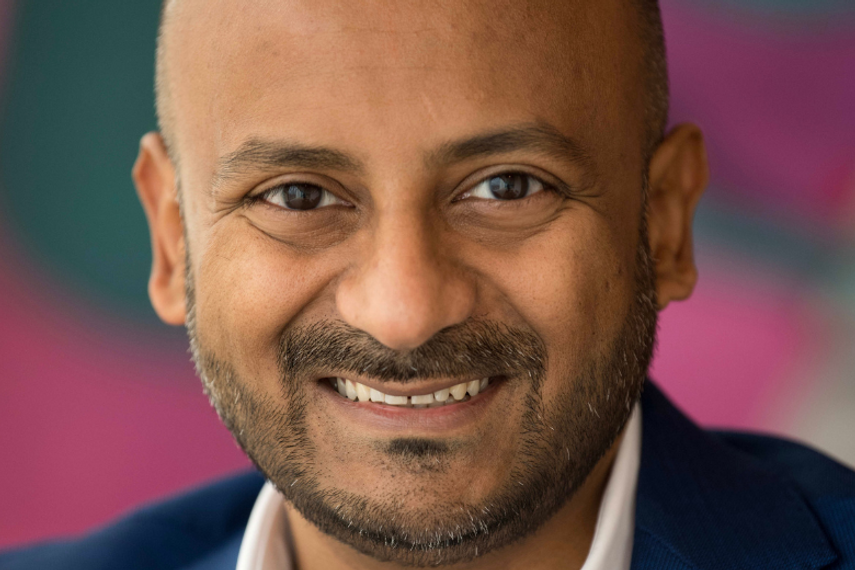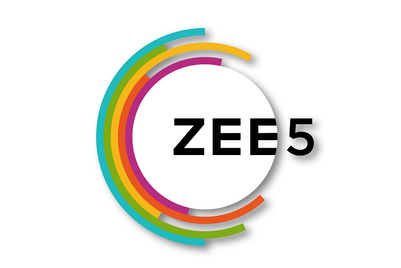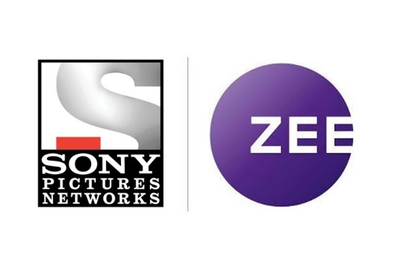
Zee Entertainment Enterprises, through its 'soul-to-screen' approach, aims to build a strong connection with consumers by delving deep into understanding culture and trends to connect with its audiences.
The strategy is centred around bridging the gap between the channel and its viewers.
To uncover the marketing strategies Zee is deploying, we chatted with Kartik Mahadev, chief marketing officer – content SBU, Zee Entertainment Enterprises.
Edited excerpts:
What are the key marketing strategies employed by Zee Entertainment Enterprises to promote its content?
Our marketing teams have a strong focus on being native to culture. In the content business, culture and consumers are the backbones of success.
To align ourselves with this sentiment, our marketing teams aim to create call-to-actions for the audience by immersing themselves in culture and content.
Our approach, known as the 'soul-to-screen' method, requires the collaboration of marketing and creative teams along with insights to ensure a holistic approach. This involves going beyond data analysis to understand consumer behaviour, emerging trends, and motivations.
We strive to understand consumers at a human level, tapping into their emotions, aspirations, and belief systems. By keeping an ongoing dialogue with consumers and infusing our content with cultural understanding, we aim to create engaging experiences for our audience.
To make content more compelling, we aim to connect with the soul of the viewer, creating a personalised experience that resonates with them on a deeper level. This approach has led to campaigns, such as Zee Bangla's Mother's Day campaign that challenged traditional norms through the integration of cultural understanding.
The film touches upon the tradition of a mother not being allowed to attend her son’s wedding ceremony as it is considered inauspicious. In sync with Zee Bangla’s brand ideology - ‘Notun Chondey Likhbo Jibon’ which is all about orchestrating life in a new rhythm, the film urges society to question this tradition.
On the digital front, the marketing strategy for the second season of Pitchers, our goal was to get viewers on our digital content platform by using cast members from the show for its promos as it was returning after eight years. It depicted entrepreneur Ashneer Grover listening to the cast of Pitchers pitching why Zee5 is the ideal platform to view the show.
The essence of Zee's 'soul-to-screen' approach is rooted in its campaigns. For instance Zee Sarthak's Naali Bindu campaign, which addresses societal issues like menstrual hygiene by spreading the message through a local narrative.
Can you provide insights into the content strategic business unit's approach to audience engagement and how it contributes to the company's overall marketing objectives?
When it comes to content consumption, we recognise that it happens across various video platforms.
As a creator, we produce extensive content, totalling 30,000 hours distributed across multiple formats and platforms.
Our strategic approach has always been to be present wherever consumers are watching videos and capture a significant share of their attention during those viewing occasions.
Consequently, one indication of content success, particularly when it is not exclusively on our platform but also on social media, and third-party platforms, is the level of engagement. The more engaged the audience is and the more conversations generated around the characters and stories, the better the content is deemed to perform.
While other platform metrics measure audience engagement, our focus has been on building a community around our characters and stories, regardless of the content's format or medium of consumption.
We constantly experiment with different storytelling techniques, adapting the content format and messaging to suit the specific medium. Furthermore, audience engagement heavily relies on actively listening to our audience.
Through optimising our social listening initiatives, we actively engage with and listen to what consumers have to say. This feedback informs our content design and campaign strategies, allowing us to meet both marketing objectives of creating engagement and continuously improving.
Another vantage point is on-ground activities, which are opportunities for community building. Our popular characters enable us to establish connections with viewers on a more personal level.
When launching a new show, we leverage the existing popularity of our characters to engage with viewers on the ground, fostering a sense of community rather than viewing it solely as a promotional tool.
We have attribution models in place to guide our decisions on when to focus more on-ground efforts versus rotational targeting.
In what ways does the Zee Network encourage collaboration and creativity among its internal teams and creative partners to ensure the success of its marketing initiatives?
A significant aspect of our collaboration is rooted in a close partnership between our marketing and insights teams, who champion the 'soul-to-screen' approach by drawing inspiration from our consumers.
This collaboration extends across all our markets, allowing us to produce impactful marketing outputs.
Additionally, we recognise that to achieve success, we must establish a winning ecosystem. We carefully design the ecosystem, making informed choices and leveraging the expertise available within each silo of our consumers.
Our belief in being native to the culture guides our talent selection process, focusing on individuals who possess a deep understanding of and passion for the consumer.
While tools and capabilities can be developed, the innate curiosity and drive to engage with and understand consumers must come naturally. This approach shapes our team deployment in each market, facilitating the collaboration between marketing and creative teams.
Even when marketing ecosystems operate within silos, there is a continuous exchange of learnings taking place. We examine what worked in specific markets, such as Bengal, and explore whether those successes can be replicated in other markets like Karnataka. This involves considering the core elements of the content, analysing the marketing mix that proved effective, and adapting it to suit the cultural sensibilities of the cohort.
By maintaining consistent principles and adapting to local contexts, we can build upon our successes and drive growth.
In regards to consumption patterns, is OTT seeing a surge or do broadcast channels still hold the majority of viewership?
There are audiences on all video platforms. The complexity is keeping them engaged on the platform they are hooked onto. We believe that it is an ‘and’ world and not an ‘OTT or TV’ world. Audiences are not dropping screens, they are adding screens.
Our goal is to gain a share of video no matter what the medium is. We are finding success in linear and digital. It is about building on the cultural pillars of the market and building our channel brands accordingly that keep the audiences engaged.
What are some of the content consumption trends that are taking centre stage?
The content landscape is constantly evolving, and staying on top of trends is crucial. One of the key factors is having an audience that consistently engages with your content.
As marketers, our primary focus is on business growth, and a significant part of that is expanding the core audience. To achieve this, developing a brand point of view through an immersive and rigorous practice is essential. This method incorporates insights, data, and cultural understanding.
This POV serves as a frame of reference for the audience, distinguishing us from competitors and fostering engagement. It becomes the fuel that keeps our creative fire burning, allowing us to explore new possibilities and leverage emerging trends to tell compelling stories.
By continuously refining our brand POV, we can capitalise on cultural nuances and timely moments, ensuring our content remains relevant and impactful.


.jpg&h=334&w=500&q=100&v=20250320&c=1)
.jpg&h=334&w=500&q=100&v=20250320&c=1)
.jpg&h=334&w=500&q=100&v=20250320&c=1)




.jpg&h=334&w=500&q=100&v=20250320&c=1)







.jpg&h=268&w=401&q=100&v=20250320&c=1)


